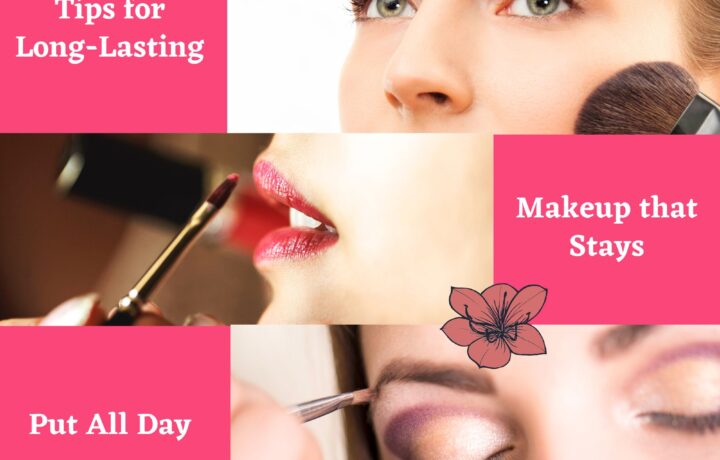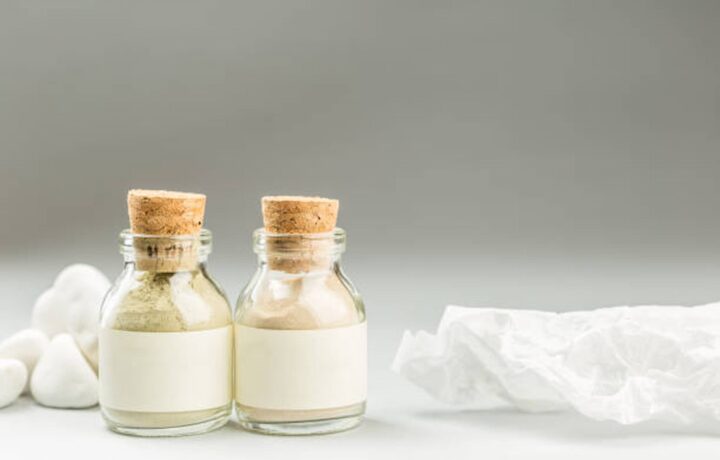A facial is more than a pleasurable indulgence; it has several positive effects on your skin’s health and appearance. Facials, when performed routinely, have been shown to improve the appearance of ageing skin, boost circulation, and hydrate the skin deeply. Even while receiving a facial at a spa or salon is a fantastic experience, you may reap the same benefits by giving yourself a facial at home.
This article will discuss the positive effects of facials on your skin and give you easy instructions for giving yourself a facial at home.

The Value Of Facials
Facials usually begin with a deep cleansing technique designed to remove built-up dirt, oil, and other impurities from the skin. This thorough washing can help clear your pores, stop future breakouts, and make your skin look and feel better.
Exfoliation is a standard part of facials since it helps eliminate dull, lifeless skin by sloughing off dead cells. Skincare products work better when they can permeate the skin more deeply, and exfoliation can help.
Blood flow is increased during a facial, which carries oxygen and nutrients to the skin’s cells and aids in their regeneration and rejuvenation. A more radiant, young complexion may result.
In order to restore the skin’s natural moisture balance, many facials incorporate a hydrating stage, such as a mask or moisturising treatment. Adequately hydrated skin is complete, smooth, and supple, showing fewer signs of ageing.
Facials are good for more than just your skin; they can also help you relax and de-stress. Relaxation and stress relief are two side effects of the mild massage techniques utilised during facials.
Home Facial Procedures
A mild cleanser removes makeup, dirt, and oil. Use a gentle facial cleanser and warm water.
Face scrubs and cleansers can help remove congested skin on the nose and forehead. Press and rinse well.
Lean over a basin of hot water with a cloth over your head to create a steam chamber. Steaming your face for 5-10 minutes opens pores and soothes skin.
Use a mask for your skin type and issues. Clay masks, moisturising masks, and brightening masks are options. After the mask’s time, wash your face normally.
For optimal results, apply facial oil or moisturiser and gently massage your face upward. Use your fingertips or a jade roller or gua sha to release facial muscles and improve blood flow.
Seal your facial treatment with a skin-type-specific moisturiser. Apply a moisturising, nourishing moisturiser with soft, upward strokes.
To avoid allergic reactions, always patch-test new skincare products and choose products based on your skin type and concerns. Irritated skin might result from leaving a mask or exfoliator on longer than recommended.

In conclusion, regular facials are beneficial for maintaining a healthy, glowing complexion. There are many ways to practice self-care and pamper yourself at home, from professional-grade products to simple DIY tricks. Facials can help you maintain younger skin longer and reduce signs of ageing, as well as help alleviates tension from your everyday life. Taking the time to give yourself a facial doesn’t have to be complicated or expensive; it just requires dedication and experimentation.




